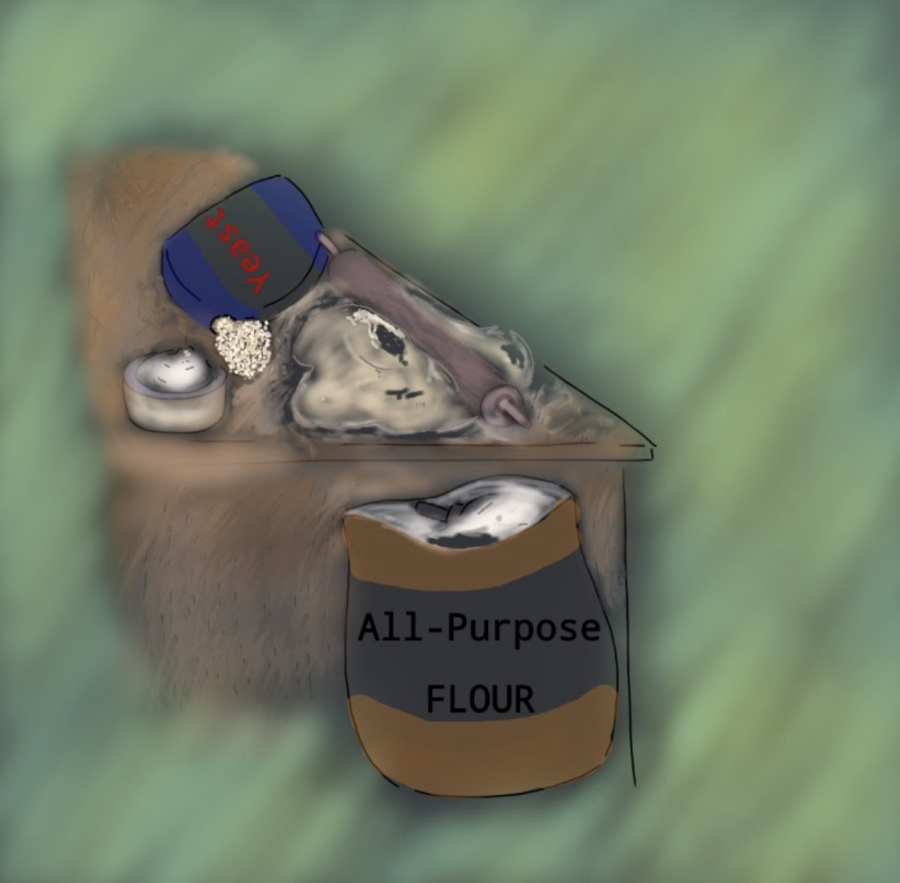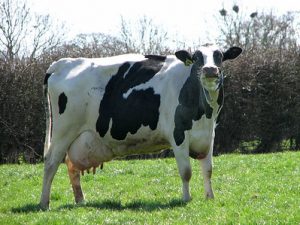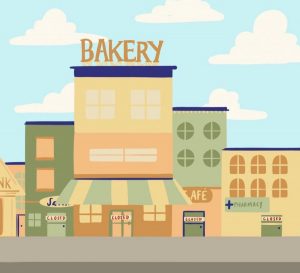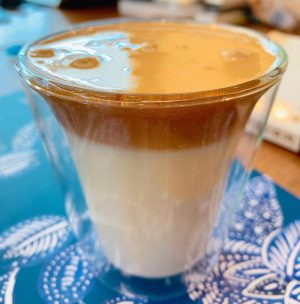Bakers overcome yeast and flour shortages
May 28, 2020
Throughout the nation, yeast and flour shortages have forced people to become creative in finding substitutes and new recipes to replace the ingredients. With a mandatory shelter-in-place order due to COVID-19, in most states of the country, many have found the time and interest to start a hobby: baking. But, with a new wave of bakers, comes less abundance of ingredients.
According to Nielson, a market research firm, yeast sales have jumped 410% in the four week lockdown period that ended on April 11, USA Today reported. Unfortunately, this jump in sales has left limited stock on the shelves. The vice president of yeast manufacturing for AB Mauri, a bakery ingredients business, estimates that the yeast won’t be back onto the shelves for a few months.
“We are not leaving any stone unturned to put the supply back into the pipeline,” he says.
In the meantime, bakers around the country are becoming creative with their substitutes for nutritional yeast. Diane Sullivan, an avid baker from Washington D.C has been baking bread well before quarantine started. She has become innovative in preserving ingredients like yeast and flour, as they have been in limited stock since lockdown. Sullivan has made sourdough starter, a mix of water and flour that pulls wild yeast from the air. With the starter, she could still make bread without buying the yeast from a grocery store.
“We started to run out of yeast at my local grocery store in March, along with most of the rest of the country, so it was great to have my starter to be able to use for baking and not have to rely on yeast from the store. I did have to adapt though, because flour was also scarce at my grocery store and online, so I had to use what I had been able to buy previously and adapt my sourdough starter to keep it at a smaller amount so I didn’t have to feed it with as much flour and water,” Sullivan said.
Flour has also disappeared from both virtual and physical store shelves around the country. It seems that the increase of banana bread, cookies and cake photos on Instagram has also caused a large demand for flour. According to the Atlantic, the market wide demand of flour has shot up by 160% since the lockdown started. Brent Minner, owner of many flour companies, such as Pillsbury and White Lily, explains that at first, people were panic buying, like they would during a hurricane. But in late March, a new wave of people stocked up on flour as the quarantine orders were extended.
“We are making the flour as fast as we possibly can and shipping it to our customers, and it’s flying off the shelves as soon as it gets there,” he explains.
On the contrary, bakeries throughout America have taken a major hit in their sales. This leaves them with excess materials such as flour. Many have donated or sold the flour to people or organizations who need the material. Acme Bread Co., a bakery in Berkeley, California has been one of them.
“The flour and yeast shortages have not interrupted our supply. We feel fortunate that we have been able to start selling these items to the public during these strange times,” they stated.
Although these times are strange indeed, baking has served as a calming and therapeutic hobby for many. Studies show that those with an interest in baking and cooking show less signs of anxiety and depression. In times where all is uncertain, the creativity of baking serves as an escape from the uncertainties.





